1. Ban-Lon Shirts
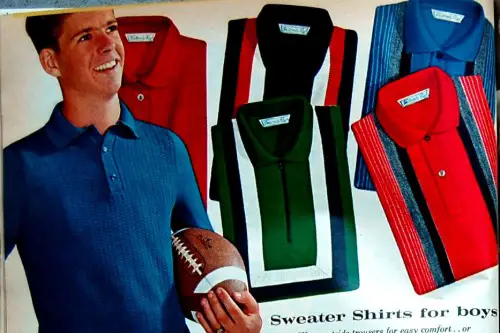
These synthetic knit shirts were heavily promoted in the 1960s as stylish, wrinkle-free, and perfect for modern men, according to Pete Anderson of Put This On. Made from a form of nylon, they looked sharp at first but quickly gained a reputation for being sweaty, uncomfortable, and prone to snagging. Ads pitched them as a wardrobe essential, especially for men climbing the corporate ladder. But if you wore one in warm weather, you probably regretted it.
Today, Ban-Lon shirts are more of a kitschy vintage reference than a staple item. They’re rarely seen outside of retro TV shows or themed parties. The advertising sold an image, not comfort or practicality. Americans quickly moved on once better fabrics became available.
2. Electric Carving Knives
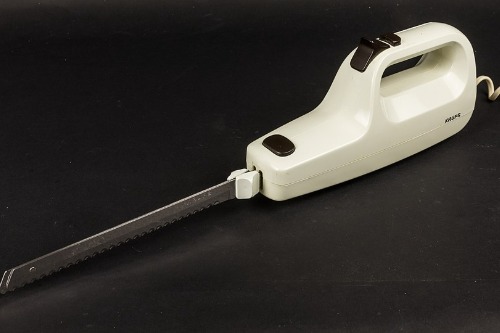
Back in the 1960s and ’70s, electric carving knives were marketed as the must-have kitchen gadget for every American household. Ads promised easier turkey carving, less wrist strain, and a futuristic feel at your dinner table. But in reality, most people found them clunky, hard to clean, and not much better than a sharp manual knife, according to Will Price of Gear Patrol. They’re now more of a thrift store oddity than a household essential.
Despite a few diehard fans, electric carving knives have largely disappeared from mainstream kitchens. Most home cooks prefer a reliable chef’s knife and some elbow grease over yet another bulky appliance. The push to own one was pure advertising magic, not practical necessity. If you’ve never used one, you’re not missing out.
3. Cigarette Holders
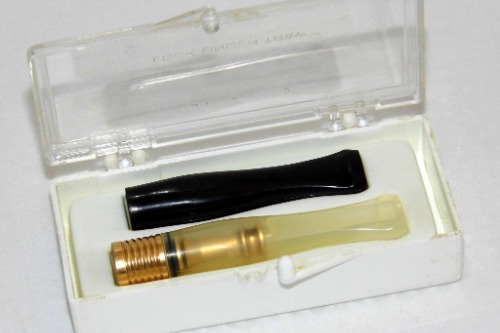
Once glamorized in movies and magazines, cigarette holders were pitched as an elegant way to smoke. Advertisers claimed they reduced tar intake and protected the smoker’s fingers and teeth. But the health claims were dubious at best, and the accessory never really caught on outside of Hollywood fantasy. They were more about style than substance.
By the 1980s, cigarette holders had mostly disappeared from popular use. Smoking rates declined, and the need for a fancy prop dwindled with them. Despite the heavy push in earlier decades, most Americans never really used one. It turns out you can’t polish a health hazard with chrome and velvet.
4. Home Intercom Systems

In the 1970s and ’80s, home intercom systems were marketed as the pinnacle of suburban convenience. Families were told they’d never have to yell across the house again. But installing them was expensive, and they rarely worked well—muffled audio, limited range, and frequent breakdowns. Most ended up as non-functional wall art.
With the rise of mobile phones and smart home devices, intercoms became completely obsolete. The need to call someone in another room? There’s an app—or a yell—for that. What was once advertised as futuristic now feels hilariously outdated. They were a solution in search of a problem.
5. Toothpaste with Chlorophyll
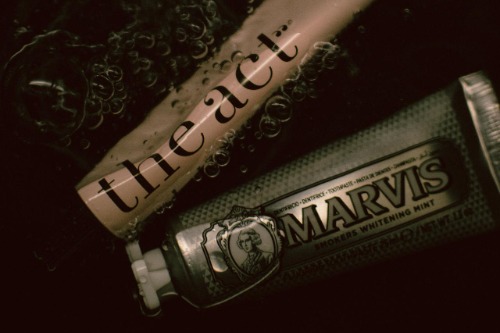
Yes, chlorophyll—the stuff in plants—was once a trendy toothpaste ingredient in the 1950s and ’60s, according to Ernie Smith of Tedium. Advertisers promised it would naturally eliminate bad breath and keep your mouth fresh. But there was no real scientific evidence backing those claims, and it didn’t outperform regular toothpaste. Still, companies pushed it hard as a “green” miracle before green was trendy.
Eventually, consumers caught on, and chlorophyll toothpaste faded into obscurity. It’s a classic case of marketing over science. The leafy promise sounded nice, but it didn’t do much for dental hygiene. If you’ve never brushed with green goo, you’re not alone.
6. Electric Belt Massagers
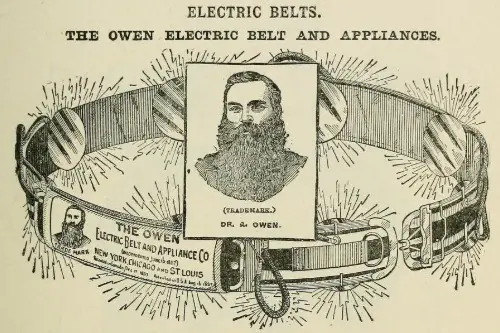
These weird vibrating belts were all the rage in mid-20th century ads, claiming to help people lose weight without lifting a finger. You’d just strap in, stand still, and let the machine jiggle your fat away. Science didn’t back it up, of course, but the appeal of effortless weight loss was strong. Countless Americans gave it a shot based on clever marketing.
Unsurprisingly, results were minimal to nonexistent, according to Robert Born of BOXROX. The fad faded once more effective fitness trends took over. Now, these machines are mainly comic relief in vintage gym footage. But for a while, advertisers had people believing shaking = slimming.
7. Disposable Clothing
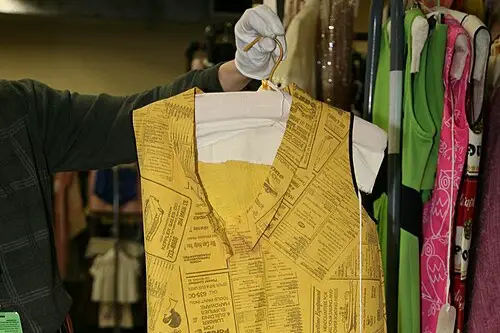
In the 1960s, a few companies tried pushing the idea of disposable fashion—cheap dresses, paper underwear, and single-use suits. It was marketed as a modern solution for travel, hygiene, and convenience. But the clothing was uncomfortable, poorly made, and usually just embarrassing to wear. Unsurprisingly, the concept flopped quickly.
Despite flashy campaigns, Americans didn’t take to wearing what felt like stiff napkins. Environmental concerns aside, it just didn’t make practical or aesthetic sense. This was one of those ideas that sounded good in a boardroom, not in a closet. Another “essential” that no one really wanted.
8. Vacuum Tube Tanning Lamps
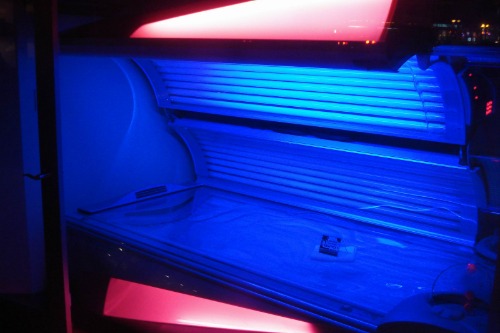
These were sold as personal sunlamps to give users a healthy tan from home in the 1940s through the ’70s. Ads claimed they could improve your mood, give you vitamins, and make you look radiant. But these lamps emitted harmful UV rays without proper safety measures. Many users ended up with burns or increased skin damage.
Eventually, people caught on that “tanning” was a lot riskier than it looked. The devices became synonymous with vanity gone wrong. Dermatologists warned against them, and the public largely abandoned the trend. Yet, for decades, they were pushed as something every beauty-conscious person should own.
9. Salad Shooters
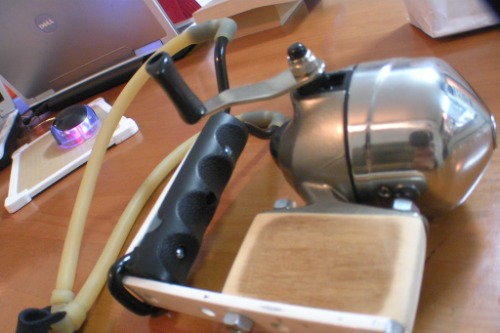
Remember the Salad Shooter? It was an electric slicer that claimed to make healthy eating fast and fun when it launched in the late ’80s. You’d load it with carrots or cheese, press a button, and watch the pieces fly out. Sounds useful, but in practice, it made a mess and wasn’t much easier than using a knife.
It became one of those appliances people bought, used twice, and stuffed in a cabinet. Critics joked it was a “solution in search of a problem.” The product still exists, but it’s hardly a kitchen must-have. Advertisers over-promised, and real cooks underwhelmed.
10. Stereos with Built-In 8-Track Players
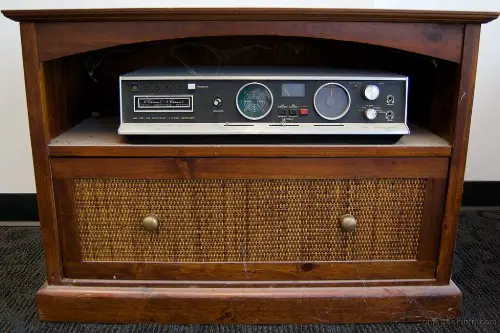
In the 1970s, 8-track tapes were all the rage—for about five minutes. Home stereo systems with built-in 8-track decks were pitched as the cutting-edge way to enjoy music. But the format was bulky, prone to malfunction, and quickly replaced by cassettes and later CDs. Anyone who invested heavily in 8-tracks soon found themselves with outdated gear.
Still, advertisers pushed these players hard while the format was hot. They framed them as investments in the future of music. Ironically, they were obsolete almost overnight. The lesson: never buy tech just because the commercial says it’s “the next big thing.”
11. Segmented TV Trays

TV dinners and matching folding trays became a huge part of mid-century American life, largely thanks to advertising. These metal or plastic trays had little compartments, turning dinner into an organized, no-mess affair. The appeal was convenience—eat while you watch without dirtying the couch. But they were uncomfortable, wobbly, and rarely used after the novelty wore off.
Most families reverted to eating at the table or simply used a regular plate on their lap. The idea of making meals more clinical didn’t have staying power. Still, advertisers had everyone convinced it was the future of domestic bliss. Today, they mostly live in nostalgia and vintage shops.
12. Home Fondue Sets
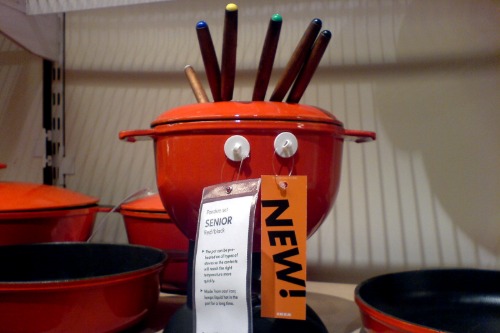
During the 1970s fondue craze, fondue pots were the social centerpiece. Ads showed sophisticated parties with bubbling cheese, chic guests, and loads of fun. But in practice, fondue is messy, hard to clean, and kind of a pain to prepare. Once the trend died down, the pots just gathered dust in kitchen cabinets.
The idea of dipping bread in communal cheese sounds better than it is. Advertisers sold the sizzle—literally—but not the cleanup. Few people today list fondue as a go-to meal option. It was a fad dressed up as a culinary essential.
13. Automatic Shoe Polishers
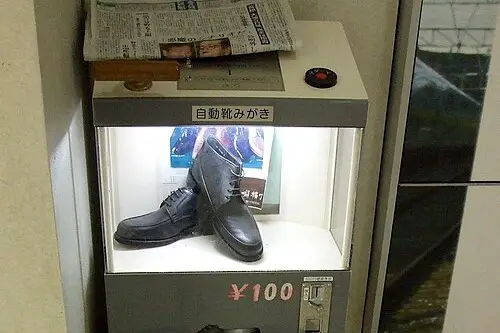
You’d find these machines in hotel lobbies and upscale homes in the 1950s and ’60s, thanks to ads that made them seem like a mark of class. Just stick your shoe under the spinning brush, and voilà—instant shine. But they were bulky, required maintenance, and didn’t do a much better job than a hand polish. Most people quickly realized they were more show than substance.
Despite the push to make them mainstream, they never really took hold in the average home. Americans didn’t polish shoes daily, and when they did, a cloth and tin of Kiwi was easier. The whole thing was more about status than function. Another case of “essential” gear that turned out to be anything but.


